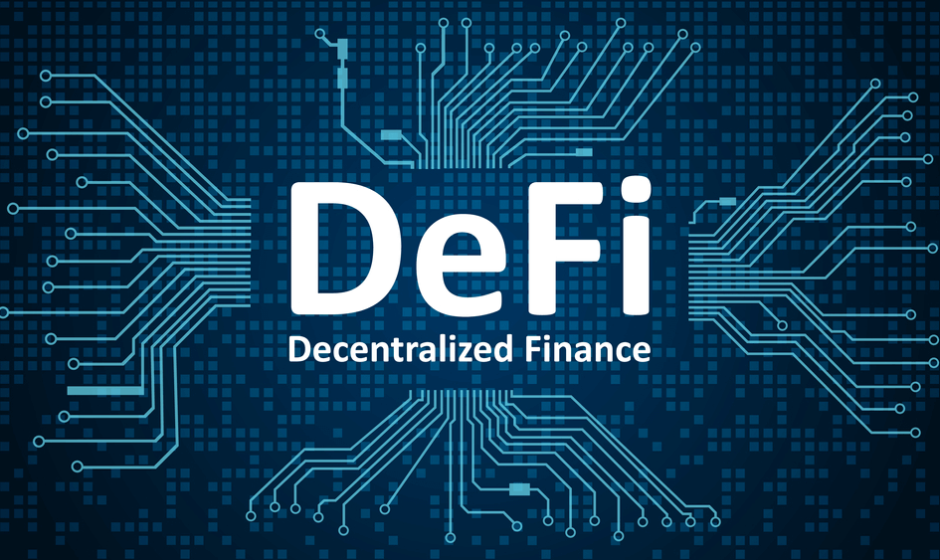The decentralized finance (DeFi) revolution is transforming financial services, offering permissionless lending, borrowing, and trading. However, the volatility of cryptocurrencies poses a significant challenge for mainstream adoption. This is where stablecoins come in—providing a crucial link between crypto and traditional finance by maintaining price stability while offering the benefits of blockchain technology. But how exactly do stablecoins fit into the DeFi ecosystem, and what does the future hold for their adoption?
What Are Stablecoins?
Stablecoins are digital assets designed to maintain a stable value, often pegged to traditional assets like the U.S. dollar, gold, or other commodities. Unlike Bitcoin or Ethereum, which experience significant price swings, stablecoins offer a predictable store of value, making them an ideal medium for transactions within DeFi applications.
Types of Stablecoins
- Fiat-Collateralized Stablecoins – Backed 1:1 by traditional currencies stored in reserves (e.g., USDT (Tether), USDC (USD Coin), BUSD (Binance USD)).
- Crypto-Collateralized Stablecoins – Backed by cryptocurrencies held in smart contracts, requiring over-collateralization to counter volatility (e.g., DAI by MakerDAO).
- Algorithmic Stablecoins – Maintain price stability through algorithmic mechanisms rather than reserves (e.g., FRAX, UST (formerly by Terra, now defunct)).
The Role of Stablecoins in DeFi
1. Liquidity and Trading
Stablecoins are the lifeblood of DeFi liquidity pools, enabling seamless trading and reducing the risk of slippage. On decentralized exchanges (DEXs) like Uniswap and SushiSwap, stablecoin pairs ensure that users can execute trades without being affected by extreme price swings.
2. DeFi Lending and Borrowing
Stablecoins power lending protocols like Aave, Compound, and MakerDAO, allowing users to earn interest on deposits or take out loans without traditional banks. Borrowers can collateralize crypto assets and receive stablecoin loans, ensuring they retain exposure to their crypto investments while accessing liquidity.
3. Yield Farming and Staking
Yield farming strategies leverage stablecoins to provide liquidity in DeFi pools, earning rewards in governance tokens. Since stablecoins minimize market volatility, they are often a preferred asset for farming protocols seeking consistent yields with lower risk.
4. Cross-Border Payments and Remittances
Stablecoins eliminate intermediaries in global transactions, making cross-border payments faster, cheaper, and more efficient. Unlike traditional remittance services that involve high fees and long processing times, stablecoin transfers settle in minutes with minimal transaction costs.
5. DeFi Insurance and Risk Mitigation
With DeFi insurance platforms like Nexus Mutual and InsurAce, stablecoins play a key role in compensating users for smart contract exploits, hacks, and financial losses. Their stability ensures that payouts retain their real-world value over time.
Stablecoins: The Bridge Between Traditional and Decentralized Finance
The growing adoption of stablecoins has caught the attention of traditional financial institutions and governments, leading to discussions on Central Bank Digital Currencies (CBDCs). Stablecoins could act as a bridge between regulated financial systems and permissionless DeFi protocols.
Institutional Adoption and Regulatory Scrutiny
- Visa and Mastercard are integrating stablecoins for payments and settlements.
- Governments and central banks are exploring CBDCs, which function similarly to stablecoins but under regulatory oversight.
- Regulators worldwide are debating stablecoin compliance, aiming to prevent illicit activities while fostering innovation.
Challenges and Risks of Stablecoins in DeFi
1. Centralization Risks
Fiat-backed stablecoins (e.g., USDT, USDC) are controlled by centralized entities that can freeze funds or comply with regulatory demands, raising concerns about censorship.
2. Smart Contract Vulnerabilities
Algorithmic and crypto-backed stablecoins rely on complex smart contracts, which, if exploited, could lead to significant losses (e.g., the Terra UST collapse in 2022).
3. Regulatory Uncertainty
Governments worldwide are proposing strict stablecoin regulations, such as reserve audits and licensing requirements, which may impact their role in DeFi.
The Future of Stablecoins in DeFi
As DeFi expands, the demand for stable and efficient digital assets will continue to rise. The future may include:
- More transparent stablecoin reserves with real-time auditing for enhanced trust.
- Hybrid stablecoins that combine algorithmic and collateralized models for better resilience.
- Integration with CBDCs, potentially allowing seamless on-chain transactions while complying with global financial regulations.
- Enhanced security measures to prevent hacks, smart contract failures, and price manipulation.
Conclusion
Stablecoins have become the backbone of DeFi, enabling financial transactions that were once impossible in traditional banking. From liquidity provision to lending and payments, they are bridging the gap between crypto and fiat, making DeFi more accessible to mainstream users. However, regulatory challenges and security risks will shape their evolution in the years ahead.
Alexandra Bell is a blockchain researcher and crypto journalist with a focus on the intersection of decentralized technology, financial markets, and global regulation. With a background in law and economics, she provides in-depth analysis on how evolving policies impact the cryptocurrency landscape.



